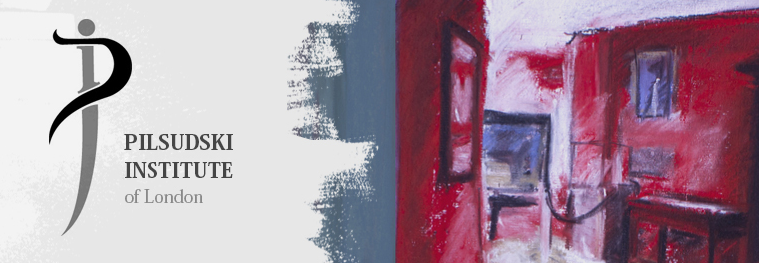Polish Independence Day
Warsaw, 17.11.1918
The reason this day was chosen is because it was on the 11th of November that Marshal Jozef Pilsudski assumed control of Poland. It took time for the day to become an official national holiday, with some political opposition delaying it’s formal recognition. In the years after the war, masses were held in churches across Poland and shows involving the army and young people began to be organised. It was not until after Pilsudski’s death, in 1937 that the government formally recognised the 11th November as a national day of celebration. Consequently, Independence Day was only officially celebrated twice before the outbreak of the Second World War again resulted in the occupation of Poland and the removal of citizens’ rights and celebrations of any events linked to Polish nationalism.
After the war, the communist authorities of the People's Republic removed Independence Day from the calendar, though the reclamation of independence continued to be celebrated informally as a sign of defiance on the 11th of November. The holiday was officially replaced by the National Day of Poland's Revival, celebrated on the 22nd of July which is also the anniversary of the communist PKWN Manifesto under Joseph Stalin.
During the 1980s, in many cities including Warsaw, informal marches and celebrations were held, with supporters of the outlawed Solidarity Movement participating. Typically, these marches were brutally dispersed by the communist militarized police forces, with many participants arrested by the security police. During this time, the 11th of November Independence Day marches, alongside the Constitution Day gatherings on the 3rd May, also banned by the communist authorities, became key opportunities for demonstrations against the communist regime. As Poland emerged from communism in 1989, the original holiday—on its original 11th of November date—was restored.
Throughout this time, Poles living in London continued to celebrate Independence Day on the 11th of November with events in Polish centres, Polish schools and masses in Polish churches.
The day now arouses feelings of respect and gratitude to those who lost their lives fighting in the wars and for Polish independence but also as a celebration of freedom from years of occupation and repression.
2021-11-10






